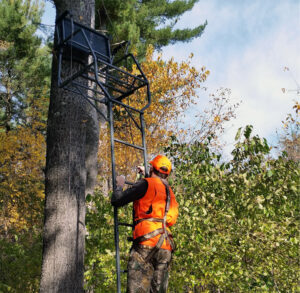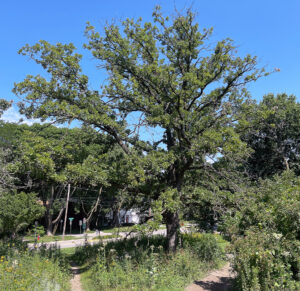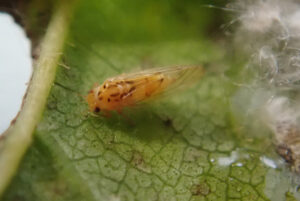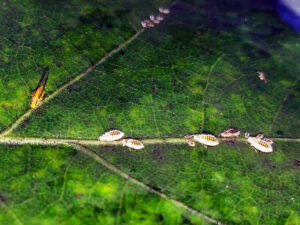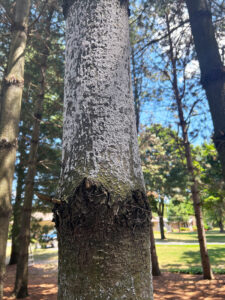By Bill McNee, DNR Forest Health Specialist, Oshkosh;
Bill.McNee@wisconsin.gov or 920-360-0942
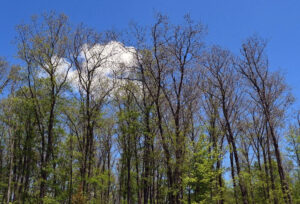
Spongy moth defoliation in Marinette County in mid-June 2024. / Photo Credit: Darrek Sams, Wisconsin DNR
As of early July, we have seen a mix of live and dead caterpillars and tree defoliation that is typical of a late-stage spongy moth outbreak. Reports of defoliation have been received as far north as Florence County.
Recent aerial surveys in southern Wisconsin spotted defoliation in the same general areas as in 2023, but the defoliation has generally been less intense this year. Information for northern Wisconsin has yet to be made available. Refoliating oaks, growing a second set of pale-looking leaves, were seen in Walworth County in early July.


